-
Self-checkout lanes, which speed up the checkout process.
-
Personal scanners, which customers pick up at the store entrance, record product prices by reading bar codes, keep a running total of the purchases and also display store specials.
-
Digital kiosks offer supplementary information on seasonal items, DIY projects, store locations, etc.
-
Mobile shopping devices locate products, provide pricing and track stock levels for both consumers and employees.
-
Dynamic displays that are designed to enrich the consumer’s shopping experience.
-
RFID tags, which rationalise the supply chain and help reduce store theft problems.
-
New cashless payment alternatives, that are already being tested and implemented.
Customers can check pricing at the kiosk in a Menards store and use the gift registry as well.Radio frequency usageRFID – radio frequency identification – is the technology that holds the greatest promise for a variety of applications. An RFID tag is a tiny chip with its own built-in antenna, which can be used to track everything, anywhere, all the time. It is far more sophisticated than bar codes, which identify groups of products but not the individual product. Currently, costs are so relatively high that the technology is only being used for products that are easy to steal, such as batteries. Wal-Mart intends to apply the technology by 2005 so that it can track the supply chain from the factory to its 103 distribution centres and on to its many retail stores. With this in mind it has instructed its 100 most important suppliers to put RFID tags on all pallets and cases.At present manufacturers and retailers are making use of RFID mainly for backroom logistics. It allows retailers to…

 Menü
Menü




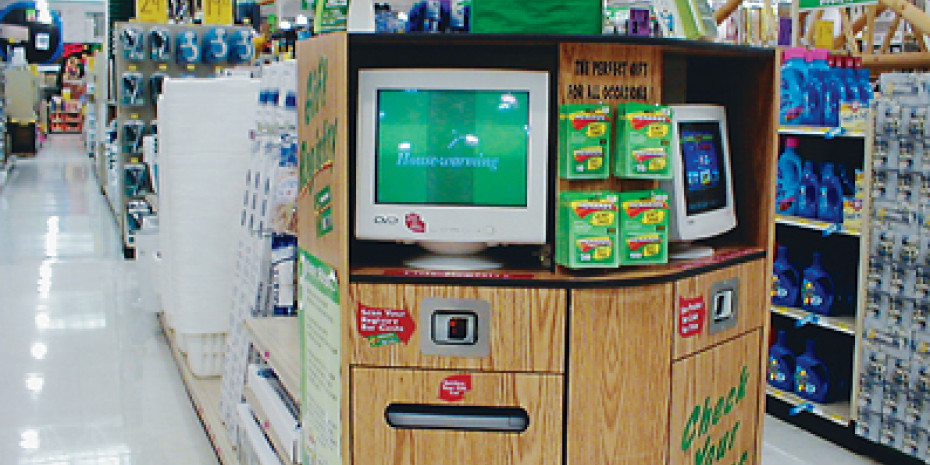

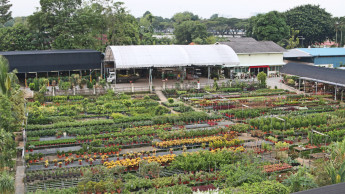
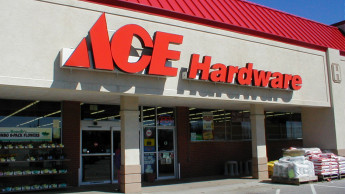




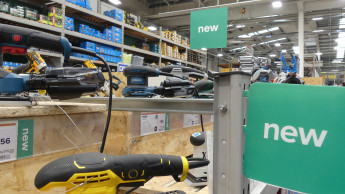
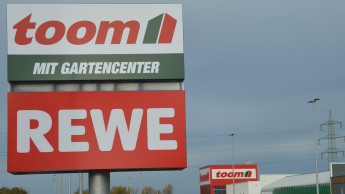
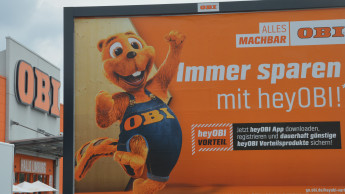
 Newsletter
Newsletter